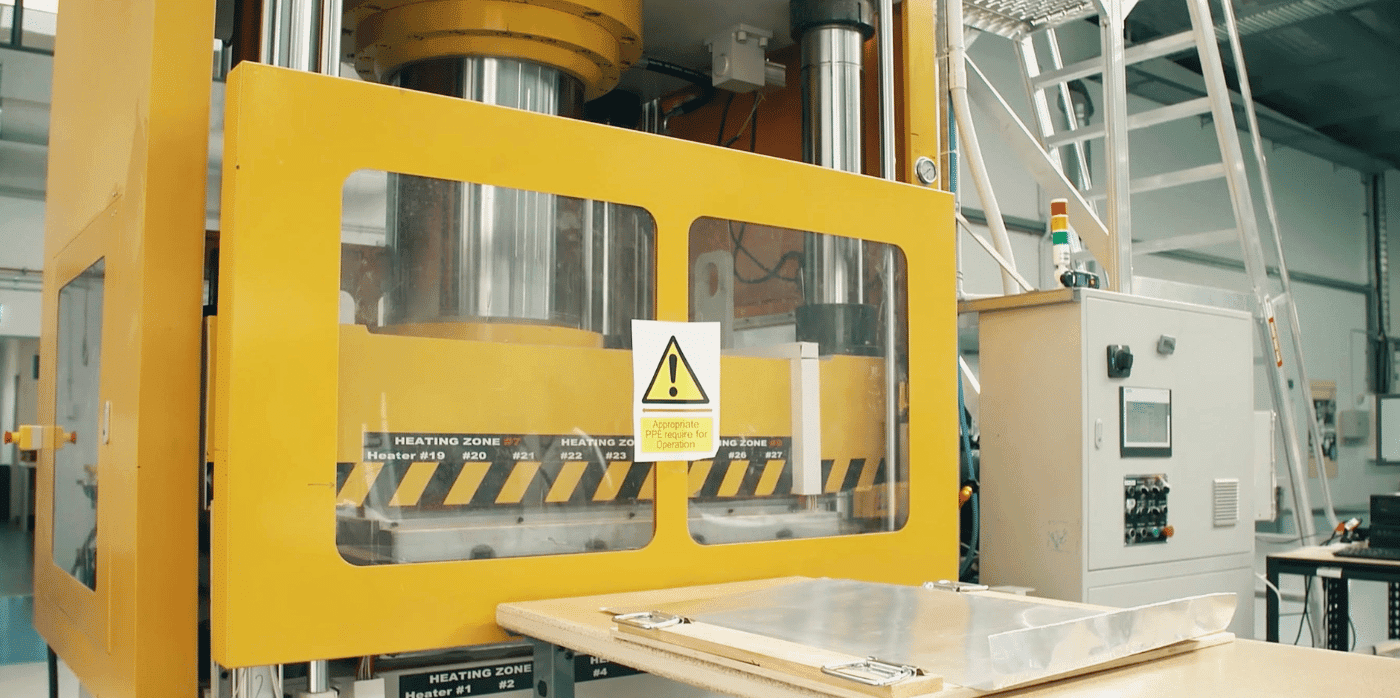
Spotted: The United Nations Environment Programme (UNEP) says in a recent report that plastic pollution could be reduced by 80 per cent by 2040 if reuse, recycling, and reorienting and diversifying techniques are adopted worldwide. New Zealand company Nilo’s repurposing technology could be an important strand in that push towards circularity.
Nilo’s patent-pending technology makes use of plastics that are not normally recycled, such as food film packaging and post-industrial waste. The company focuses its work around the Māori concept of Kaitiakitanga, or environmental guardianship, and as part of that, is developing a process in which Nilo pays people in the informal garbage picking industry to collect plastic waste.
By making plastic waste collection a valuable part of a new economy, Nilo hopes to contribute to broader economic growth. The company’s technology is scaleable, and because the upcycled plastic waste is so versatile, local production plants can customise outputs for each region’s particular needs.
Currently, the plastic that Nilo recycles is used as a binding agent in manufactured wood and on roads. The binder can be used as a direct replacement for Urea-Formaldehyde (UF), one of the most commonly used chemicals in the building industry. Largely because of the substantiveness of its carbon footprint, the European Union is working to restrict the use of UF by 2026.
Nilo’s binder, on the other hand, is non-toxic and the boards it is used to create can be continually recycled when a product reaches the end of its lifespan. IKEA recently acquired a 12.5 per cent stake in the company, which allows it to use Nilo’s adhesive in its wood-based board products. Bringing the binder to commercial market is a key focus of the company’s current work.
Plastic pollution is such a difficult task that the Springwise archive contains myriad innovations – such as a jellyfish-like robot that cleans ocean plastic and a type of fungi that can break down polypropylene – working to reduce the problem.
Written By: Keely Khoury

